
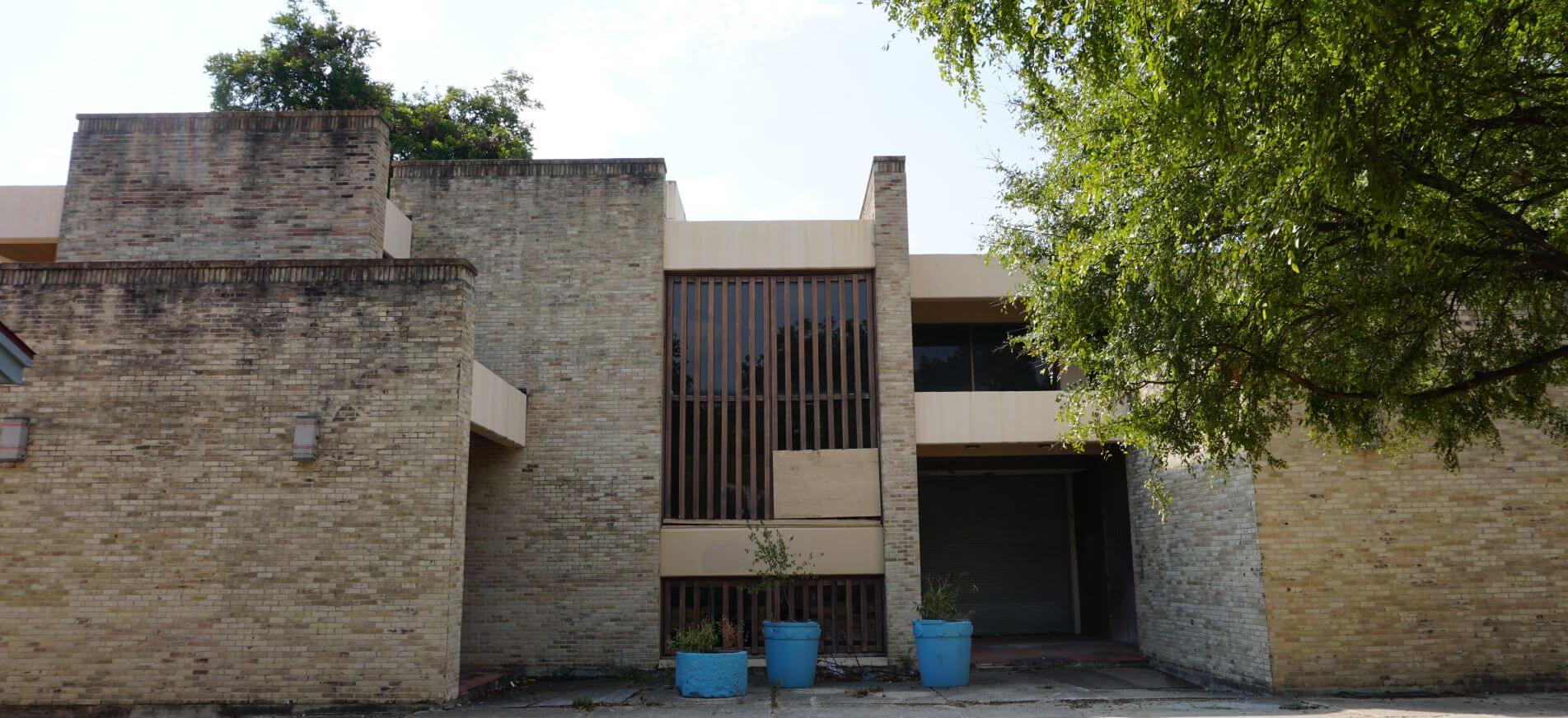
What do you get when you blend the women’s movement with modern architecture and San Antonio’s famous Hemisfair Park? The Woman’s Pavilion! The building was constructed for the 1968 World's Fair, also known as HemisFair'68, and the 92 acre grounds are currently experiencing a major overhaul. What was the purpose of the Woman’s Pavilion? According to the Woman’s Pavilion organization,
“The Pavilion marked the first time in history that such a structure was devoted to the contributions of women to the world. The vision for the pavilion was a forward looking place for gathering and education with the theme of "Women's Changing Role in a Changing World."
The modern structure was designed by architect, Cyrus Wagner, who helped plan much of the San Antonio Riverwalk. This 12,000 square feet four-level building combined San Antonio’s tradition of masonry and craftsmanship with a modernist sense of space and form. The facade of the building is primarily brick and includes a small section of clay tiles with the handprints of the women who founded the organization, some of whom are still active in our community today.
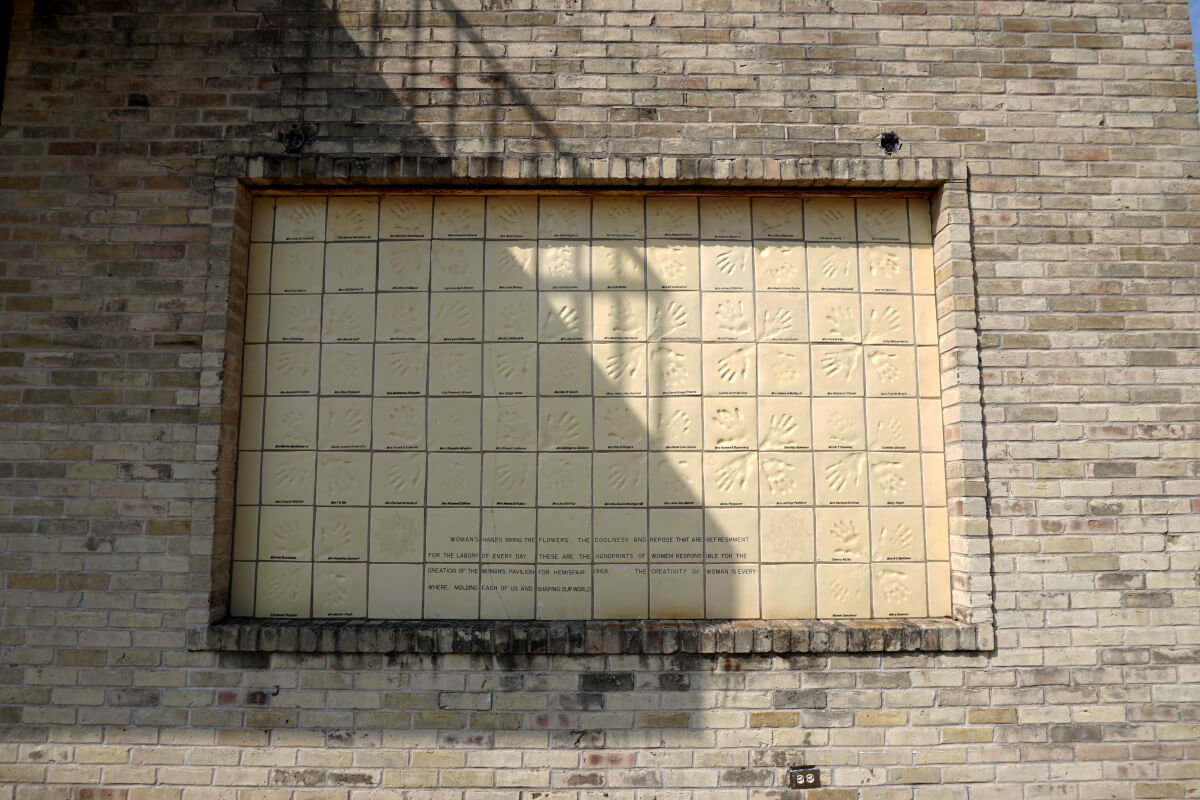
Brief History on Brutalist Architecture
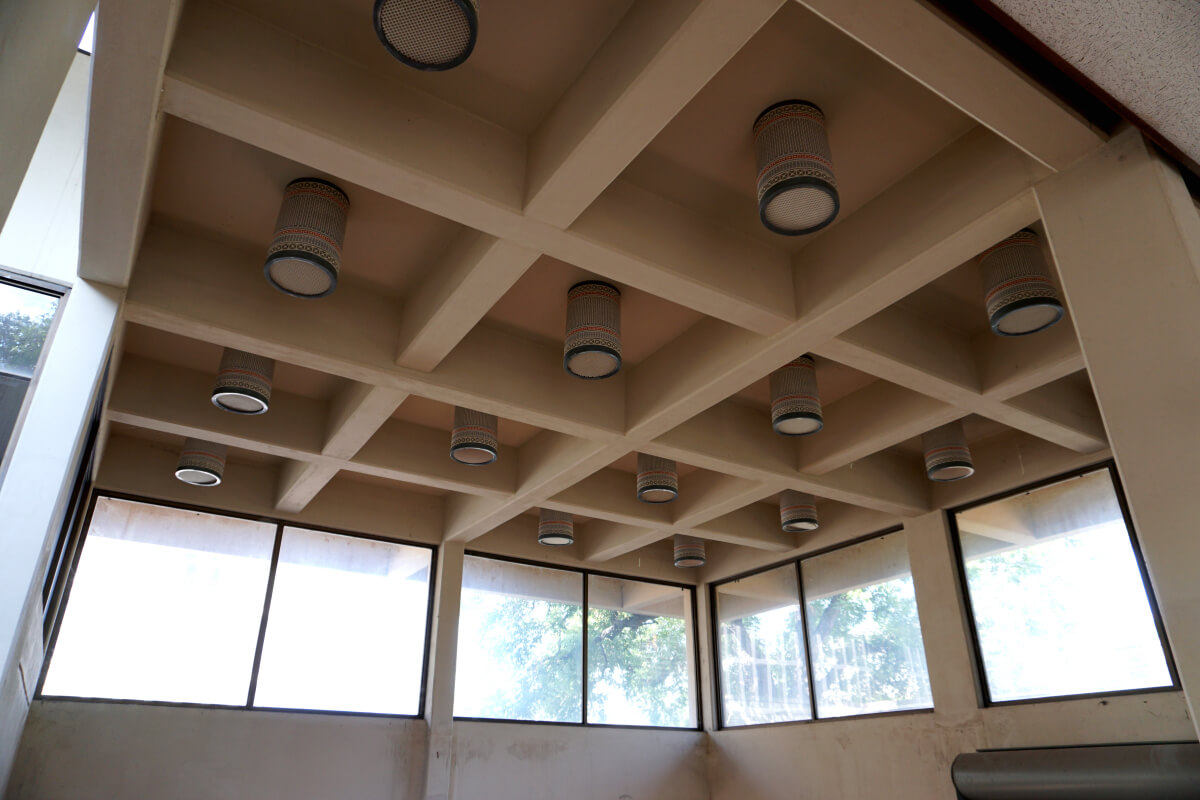
Some have debatably called the Woman’s Pavilion a Brutalist style of architecture. The exterior is primarily brick while the interior has exposed concrete elements. Most purists would say Brutalist buildings are known for their primary use of concrete. The most notable architects of Brutalism in America — though they rejected the name — were Louis Kahn, Paul Rudolph and I. M. Pei. The identifying features of Brutalist buildings typically included facades of heavy masses of concrete elements and small quantities of glazing or windows. In the post-war era, many government and university buildings applied the style to their campuses. While beautiful and sculptural in appearance for some, critics of the style thought it to be too heavy and obtrusive. Brutalism is said to be in rebellion of the previous modernists who preferred large expanses of glass and steel. Nonetheless, some fans of Brutalism even curse the label it was given saying,
“Divorced from its initial social and aesthetic connotations, the word has today come to imply that the buildings categorized under this label originated from deeply negative—brutal—intentions. In retrospect, the worst aspect of Brutalism has been the misapplication of its name.” - from the article 'Brutal/Heroic' on Docomomo.com
Current Fate of Modernist Buildings
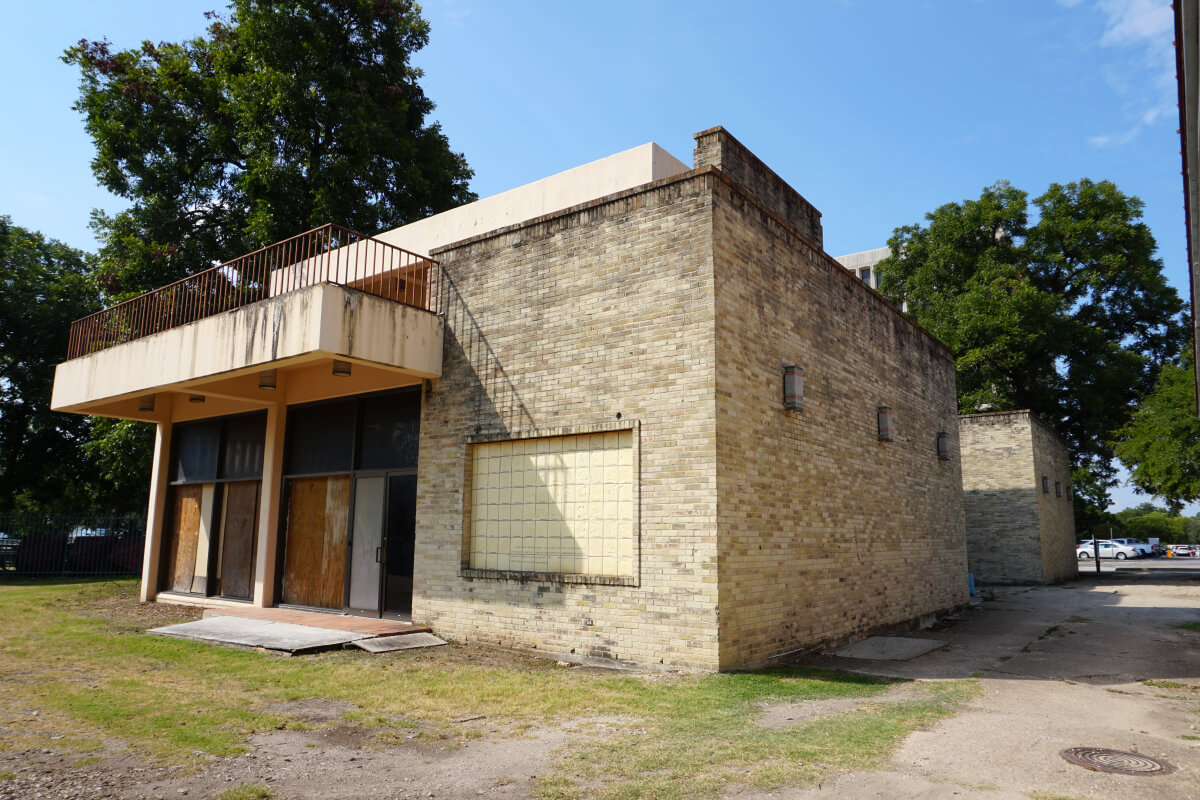
Say what you will about Brutalism, or any other modernist building, they are a part of the history of humanity that should not be lost or forgotten. Many modernist buildings in the U.S. — similar to Woman’s Pavilion — have faced demolition in recent years, but there has been a resurgence of efforts to save these structures and preserve a piece of history. One such example in Canada was the National Art Centre in Ottawa. There they preserved the building while updating it with a new modern glass facade/addition. In a recent article by the Washington Post, it is even mentioned that the popularity of Brutalism is on an upswing in Europe and on a trajectory of becoming as popular as mid-century design was made by the recent television series 'Mad Men'. The trend is predicted to follow suit in the United States. We believe this prediction to be accurate, especially when we look at the renderings for San Antonio's newly planned Linda Pace Foundation - Ruby City, with the internationally renowned British architect, Sir David Adjaye, at the helm (with oversight-props given to local architects Irby Hightower and Mike McGlone from Alamo Architects).
Woman’s Pavilion Preservation Efforts
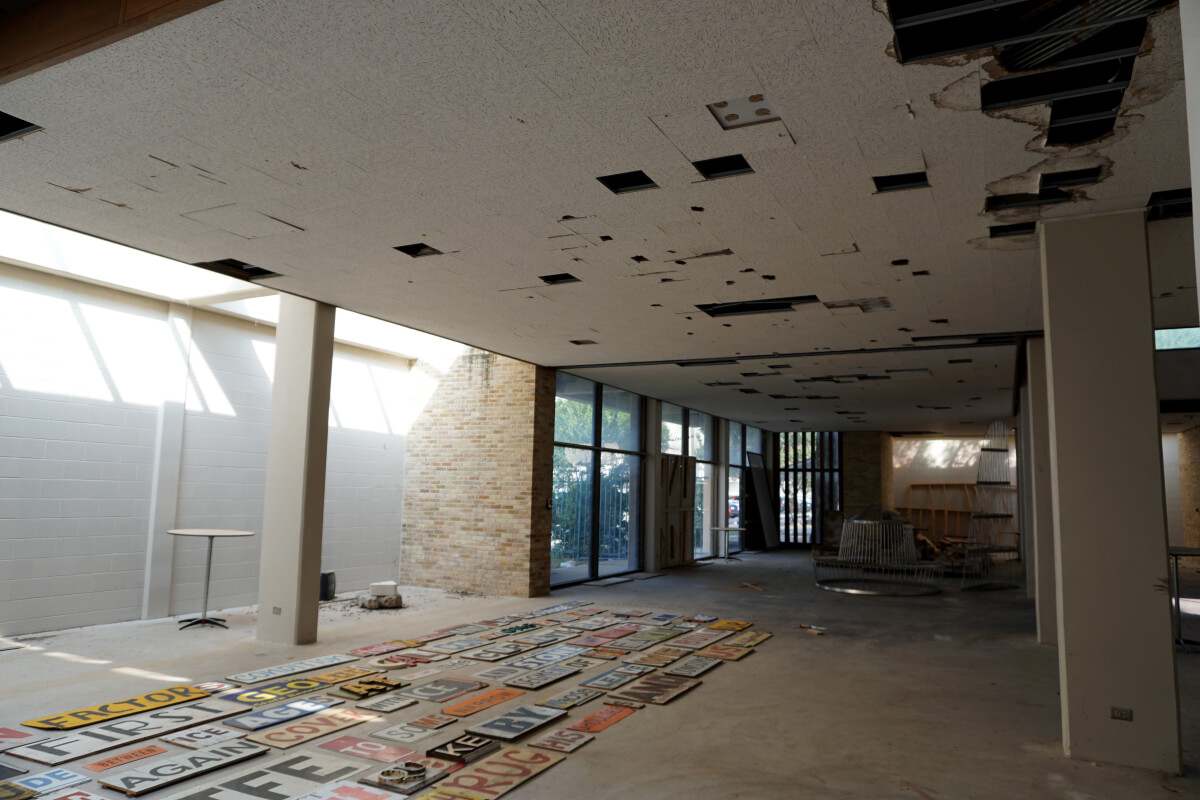
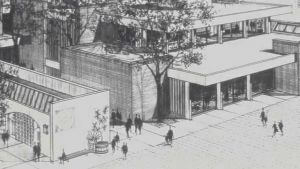
In a visioning exercise in 2009, restoration was considered for the Woman’s Pavilion building and estimated to be $9.8 million for the building and overall project cost totaling $15 million including the grounds. The vision was to renovate the existing building, build a new service wing and include a new adjacent park and gardens. The service wing included new offices, catering facilities, code required elevators and restrooms. The concept was that the new and improved center would be used to house lectures, exhibits, classes and community events while collaborating with museums, organizations and agencies to create programs. It would lend itself to be multi-functional for business, nonprofit and community events as well as private events.
The efforts to raise funds for the preservation of the Woman’s Pavilion, like many public efforts in San Antonio, will need to be from a combination of public and private fundraising efforts. The Hemisfair Conservancy organization is a public effort to raise funds to both preserve and upgrade the current Hemisfair grounds. Our community has already begun reaping the benefits from the renovations at Hemisfair with the completion of Phase 1: Yanaguana Garden. Hemisfair is currently under Phase 2: Civic Park which is slated to open in 2020.
The Hemisfair Conservancy will then regroup and begin working on Phase 3: Tower Park, which is where our beloved Woman’s Pavilion resides. During a phone conversation with Anne Krause, President and Executive Director of Hemisfair Conservancy, she told MiSA that the structure was too beloved among the community to have its fate be that of demolition. The direction of its design is still up in the air until they can get to Phase 3 and begin the R.F.P. process.

In October of 2014, the Power of Preservation organization — with leadership from the City of San Antonio’s Office of Historic Preservation and other local supporters — held a fundraiser with their PROM event at Woman’s Pavilion to draw attention to the needs of this SA icon. In a video produced for the PROM event, the great women that brought Woman’s Pavilion into existence gave a testimony to it's formation featuring founders Sherry Kafka Wagner, Clair Golden and Diane Chase. It was a successful gathering that took place inside the building to draw attention to its preservation needs, but as with any event, it was a one-time fundraising effort. There is no word on any private fundraising efforts at this time, but we will keep you posted on any new developments!
How Can You Help?
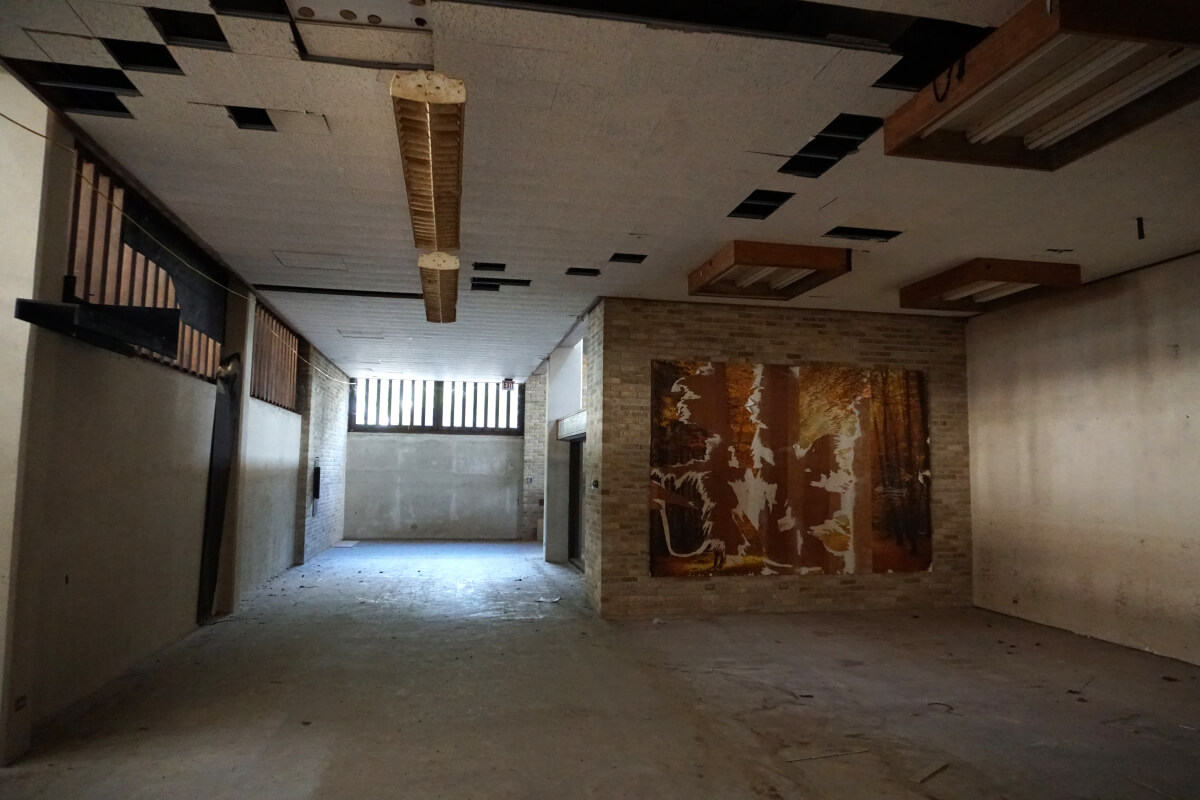
Funding for the original construction of this building was raised by the devoted women who believed in the cause and had a dream to honor a woman’s role in society. It is time once again to do the same and bring this chapter of Women’s History into the new millennium. If you are interested in donating to the cause of bringing Woman’s Pavilion back to life during Phase 3-Tower Park of the Hemisfair renovations you can currently donate through the public sector on the Hemisfair Conservancy website. Their goal is to raise $9 million in philanthropy for historic preservation efforts at Hemisfair so your help is needed! The following steps will help you designate funds to the Phase 3-Tower Park-Woman’s Pavilion:
-
Go to the Hemisfair Conservancy website’s donation page.
-
Under the "Donation" line item, select the intended donation amount.
-
At the "Designation" line item, select the drop down that reads “Historic Preservation”.
-
In the "Note" section, type in: “For Phase 3 - Tower Park - Women’s Pavilion” (see screenshot example below).

We hope this great local modernist structure that originally represented women across the world will be restored (with perhaps a new shining glass and steel beacon on the facade), but for now it is up to us to help them get there. ¡Viva MiSA!